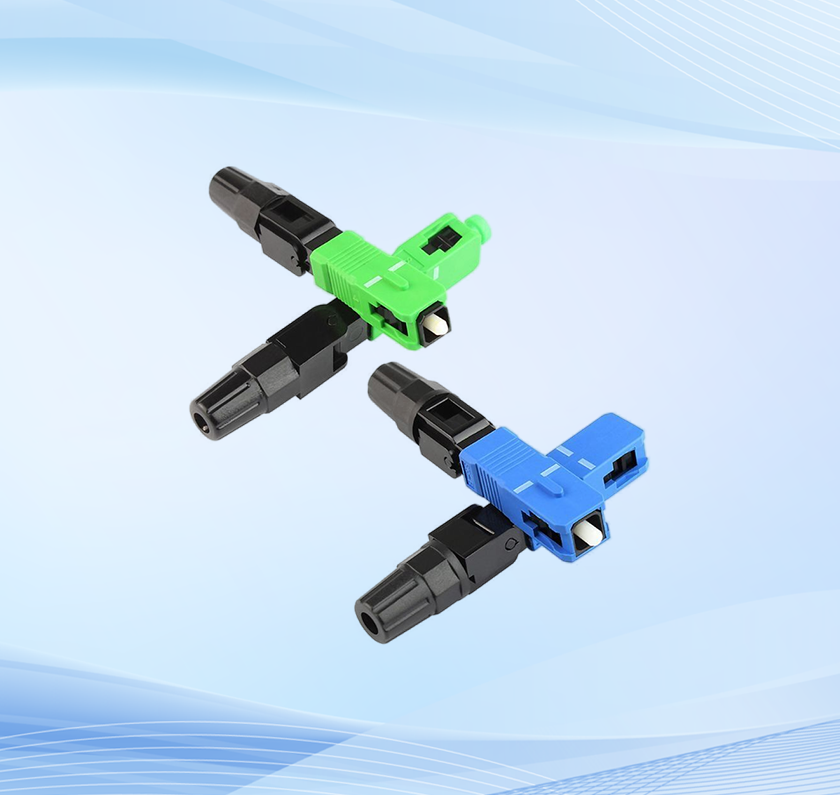As global fiber optic networks grow, there is an increasing need for new technologies, such as 400G, that meet the requirements of network operators. Network operators and data centers also employ WDM (Wavelength Division Multiplexing) transmission to improve data speed and user experience and increase bandwidth. To solve some of the 400G WDM transmission problems, such as reduced transmission distance, ROADM (Reconfigurable Optical Add-Drop Multiplexer) is being deployed. This article discusses ROADM for 400G WDM transmission in more detail.

What is ROADM?
ROADM is a device that can add the ability to remotely switch traffic from the WDM system at the wavelength layer. It uses WSS(Wavelength-Selective Switch). The WSS has an 8-dimensional cross-connect and provides quick service start-up, remote cross-connect, and WDM mesh networking. The ROADM scheme also allows the inputting or outputting of a single wavelength or wavelength group via the fixed port. In addition, it enables users' online reconfiguration without affecting traffic.

ROADM enables remote adjustment/reconfiguration of A-Z light paths and supports more than two directions at sites for optical mesh-based networking. Its network standard enables visible light rays and modulated infrared (IR) to be blocked, added, redirected, or transmitted in a fiber-optic network based on a specific wavelength. In addition, it can adjust the add/remove configuration from end to end when the traffic pattern changes.
400G WDM Transmission
WDM transmission is a multiplexing technique of multiple optical carrier signals over a single optical fiber channel by varying the wavelength of the laser. It allows different data streams to flow in both directions over a fiber optic network, increasing bandwidth and flexibility and reducing the number of fibers used in the core network or transmission line. As 400G technology is widely used in all industries, the fiber optic network system must adapt and support the growth of speed and data volume. 400G WDM still faces several challenges. For example, the high symbol rate stresses the DAC/ADC in terms of bandwidth, while the high-order quadrature amplitude modulation (QAM) highlights the DAC/ADC in terms of its ENOB (Effective Number of Bits). In terms of transmission performance, the high-order QAM requires a larger optical signal-to-noise ratio (OSNR) at the receiver side, which reduces the transmission range. In addition, it is more sensitive to the accumulation of linear and nonlinear phase noise. Most of these limitations can be solved using the ROADM architecture.
Open ROADM MSA and the ROADM Architecture for 400G WDM Transmission
The Open ROADM MSA (Multi-Source Agreement) defines interoperability specifications for ROADM switches, pluggable optics, and transponders. It provides the technical foundation to deploy networks with increased flexibility. Using WDM to increase fiber optics and optical line systems with ROADM, network operators can design virtual fiber optic paths between two points over some complex optical topologies. ROADM introduces a logical transmission framework linking single-hop router connections that is suited to the IP traffic topology. These aspects play a critical role in enhancing 400G, which offers network operators much-needed capacity, reach, flexibility, and efficiency. ROADMs support flexible-grid WSS technology and can support different architectures with varying levels of flexibility. The most basic ROADM architecture uses fixed filters for add/drop, and the other architectures offer flexibility in wavelength/color or the ability to freely route wavelengths in any direction with little to no limitation.
Conclusion
ROADM enables dynamic and flexible routing of optical signals based on real-time demands and without on-site visits. It provides high flexibility and efficiency, simplifies network planning, and minimizes operational complexity.
Sun Telecom specializes in providing one-stop total fiber optic solutions for all fiber optic application industries worldwide. Contact us if you have any needs.As global fiber optic networks grow, there is an increasing need for new technologies, such as 400G, that meet the requirements of network operators. Network operators and data centers also employ WDM (Wavelength Division Multiplexing) transmission to improve data speed and user experience and increase bandwidth. To solve some of the 400G WDM transmission problems, such as reduced transmission distance, ROADM (Reconfigurable Optical Add-Drop Multiplexer) is being deployed. This article discusses ROADM for 400G WDM transmission in more detail.


 Position :
Home>
News & Tutorial
>Products
Position :
Home>
News & Tutorial
>Products


 Position :
Home
>Products
Position :
Home
>Products





 ics@suntelecom.cn
ics@suntelecom.cn  +86 18964888554
+86 18964888554 Building No.145, Lane 666 Xianing Road, Jinshan Industrial Zone, Shanghai 201506, China
Building No.145, Lane 666 Xianing Road, Jinshan Industrial Zone, Shanghai 201506, China